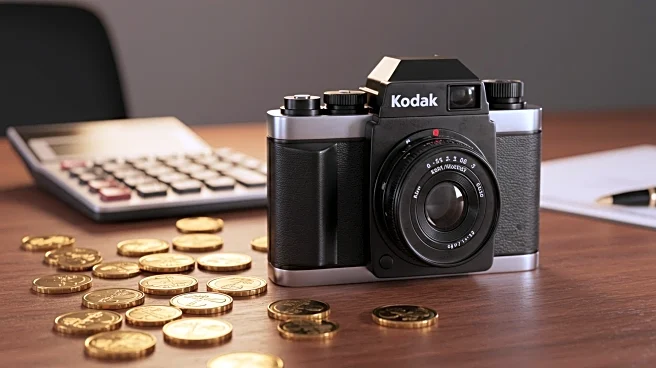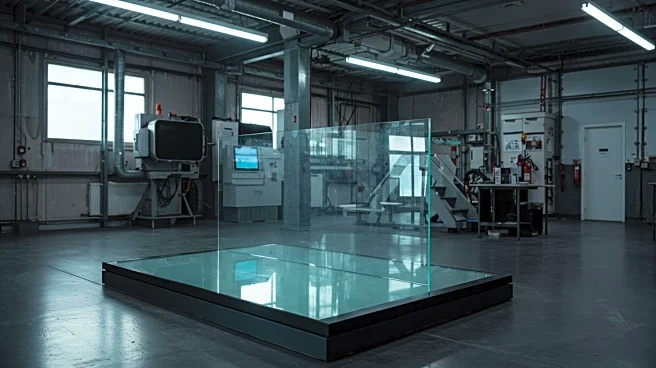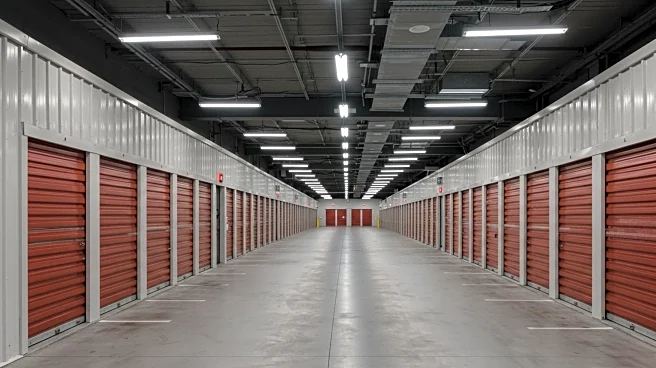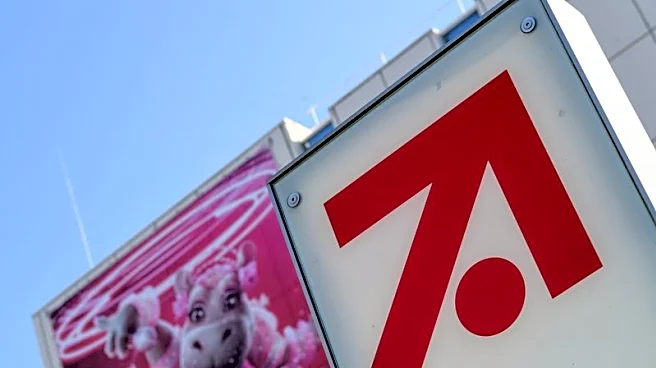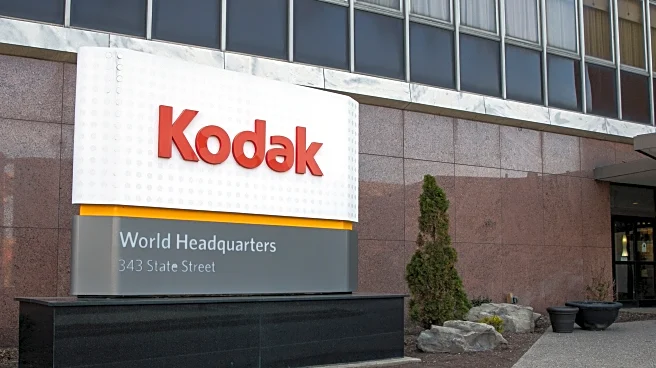What's Happening?
Kodak has announced its strategy to address its financial obligations, aiming to pay off a significant portion of its term loan before it becomes due. The company plans to draw on approximately $300 million expected from the reversion and settlement of its U.S. pension fund, the Kodak Retirement Income Plan (KRIP), by December. However, the completion of the KRIP reversion is not entirely within Kodak's control, which has led to concerns under U.S. GAAP accounting rules. Kodak remains optimistic that once the KRIP reversion is completed, it will be virtually net debt-free, resulting in a stronger balance sheet.
Why It's Important?
Kodak's financial strategy is crucial as it seeks to stabilize its financial position and avoid potential shutdowns. The successful execution of this plan could significantly improve Kodak's balance sheet, enhancing its ability to operate effectively in the competitive market. The reliance on the KRIP reversion highlights the challenges companies face in managing pension obligations and the impact of accounting standards on financial planning. Stakeholders, including employees and investors, are closely monitoring the situation, as the outcome will affect Kodak's long-term viability and market confidence.
What's Next?
Kodak will continue to work towards completing the KRIP reversion, while exploring options to amend, extend, or refinance its remaining debt and preferred stock obligations. The company aims to finalize these financial maneuvers by December, contingent on the successful reversion of the pension fund. Stakeholders will be watching for updates on Kodak's financial health and any adjustments to its strategic plans.



